Vision Pro, the visor that Apple describes as its first 'spatial computer', by no means comes out of the blue. Rumours about its launch have been chasing each other for years. During the keynote at which it finally debuted, it was repeatedly emphasised that this device is a leap along an evolutionary line that conceptually holds together the Mac, the iPhone, and why not also the Apple Watch and iPod. And the result of Apple's flirtation with augmented reality that began at least six years ago with the launch of ARKit. Through it, developers turn the iPhone screen into a window to a world where real and digital could coexist.
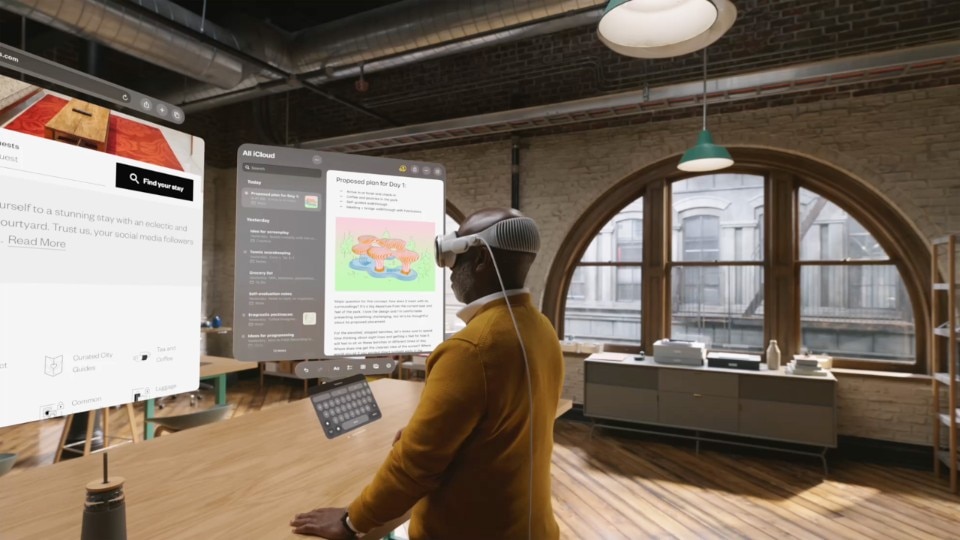
Inevitably, Vision Pro will relaunch the Metaverse, which after an initial hype seemed dead and buried. This despite the fact that the precise term 'metaverse' was never mentioned by Apple during the presentation of its visor - probably also to avoid drawing attention to Meta. We do know, however, that when the Cupertino company positions itself on a technology segment, attention rises to the highest level. And we can predict that various metaverseas that have gone to the attic will soon be plugged back in and new ones will be launched in the coming months, in anticipation of the visor's official US debut. Whatever 'metaverse' means. But we'll talk more about that later.
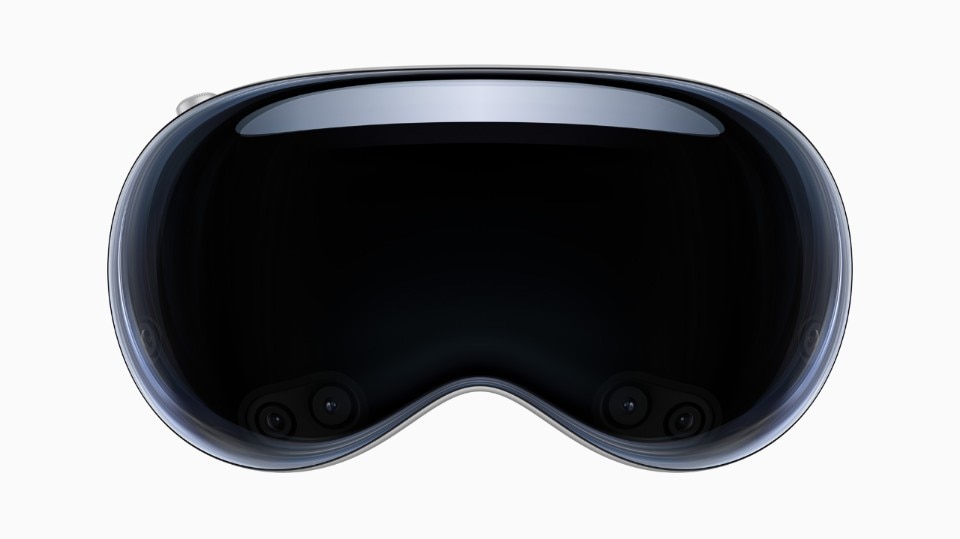
The keynote launching Vision Pro looked like somewhere between a ceremony we now know the rituals of and a new episode of Black Mirror. Apple's visor is really different from those we have seen so far. It looks like a diving mask designed with the design language of the AirPods Max. Like the headphones, it combines textile elements and parts we more instinctively associate with technology such as glass and metal. The fact that there is a battery attached with a cable gives it a retro-futuristic touch, an almost weird element for an object from which we expect it to show us our future. It is also strange to see in the presentation videos the protagonists immersing themselves in a digital reality that fills the screen in a way that is somewhat reminiscent of Thom Yorke's immersion in the famous video for Radiohead's late 1990s song No Surprises.
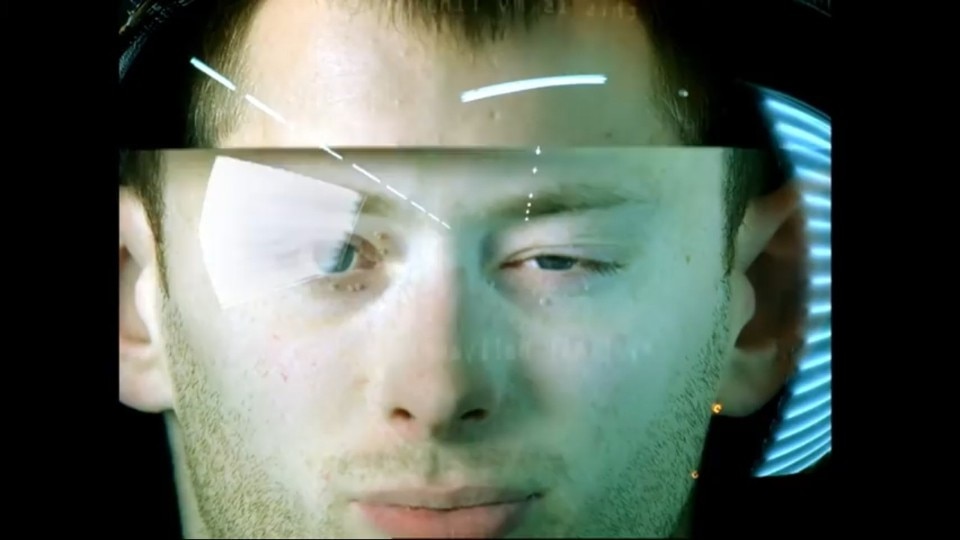
The battery is separated from the visor to reduce its weight, Apple explains. For the rest, Apple's Vision Pro features truly science fiction technology (after all, the launch price is $3,499): a very high resolution (23 megapixels), two processors, one of which is specially designed (an M2 and an R1), and then cameras and sensors. During the presentation we see dinosaurs invading the view, aircraft cabins turning into movie theatres, Mickey Mouse invading the virtual stage, remote working sessions combining the world of virtual applications moving inside the visor and real peripherals such as a Magic Keyboard. 'Everything as if it existed,' Apple explains. The Vision Pro is a supercomputer, a one-of-a-kind screen, the gateway bridge to entertainment, work, experiences, connections. “We've been preparing for this day for years,” says Apple.
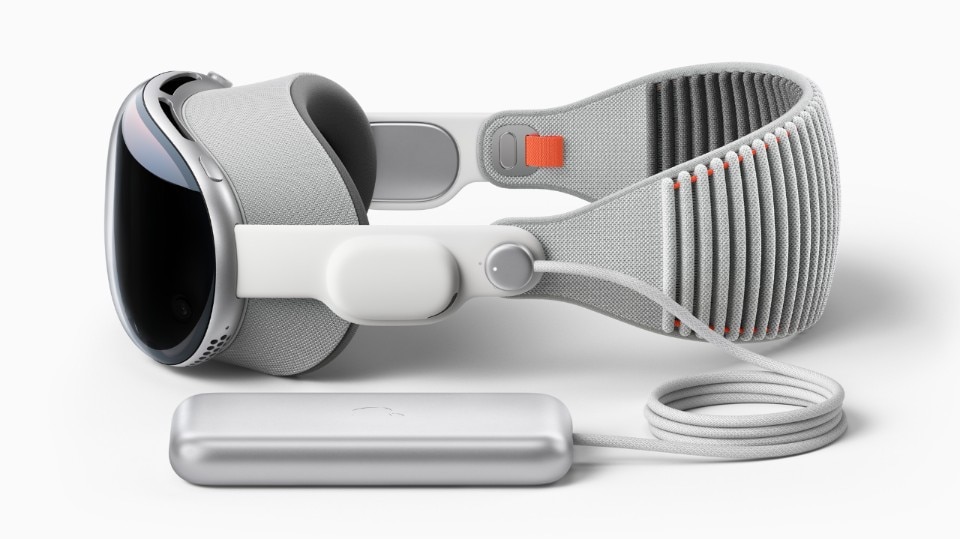
The company defines the Vision Pro as the first of a new kind of computer, the 'spatial computer', in the same way that the Mac changed the history of personal computers and the iPhone in the field of mobile. There are new technologies, totalling 5000+ patents. There is Eyesight which reveals the eyes of the user; there is Optic ID which is the counterpart of FaceID for the iPhone and allows identification and payment. There is the magic of controlling everything with the eyes and simple hand movements, without the need for joysticks or toggles.
In this bombastic display of options and functions made available by the new visor and its VisionOS operating system, there were two moments in the Tim Cook-led presentation, among the longest sequences devoted by Apple to a single product in recent years, that struck a different chord. Because they show how Vision Pro could redefine not only our idea of computers, but the very perception we have of ourselves and the concept of humanity, in the coming years. The first looks like an extended version of Live Photos. These are those photos that the iPhone captures and if you hold them down they come alive for a few seconds, with an effect reminding that of photo albums in Harry Potter movies. They are fragments of life that are often stronger than a still image. Vision Pro will be able to photograph the moments we experience with a powerful 3D camera, and then relive them inside the viewer whenever we want. We will enter our memories in a way that was previously exclusive to that mysterious process of our minds that we call recollection. Perhaps, it will be the word memory itself that will change.
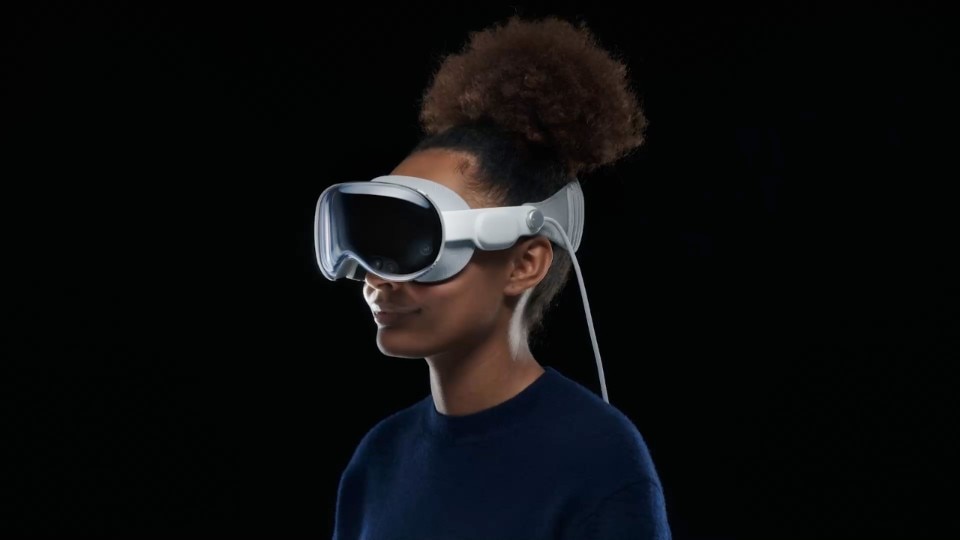
The second concerns what Apple calls 'personas'. Which are simulacra of ourselves, which will replace us when we make a call from the viewer, for example a FaceTime video call. Because this is the first Apple device through which we look and not at us. And vice versa: it doesn't have a camera through which it looks at us and with which to make us look during calls. And so it reconstructs our image. It animates it. It gives it life. In video calls, it will be us and it will not be us.
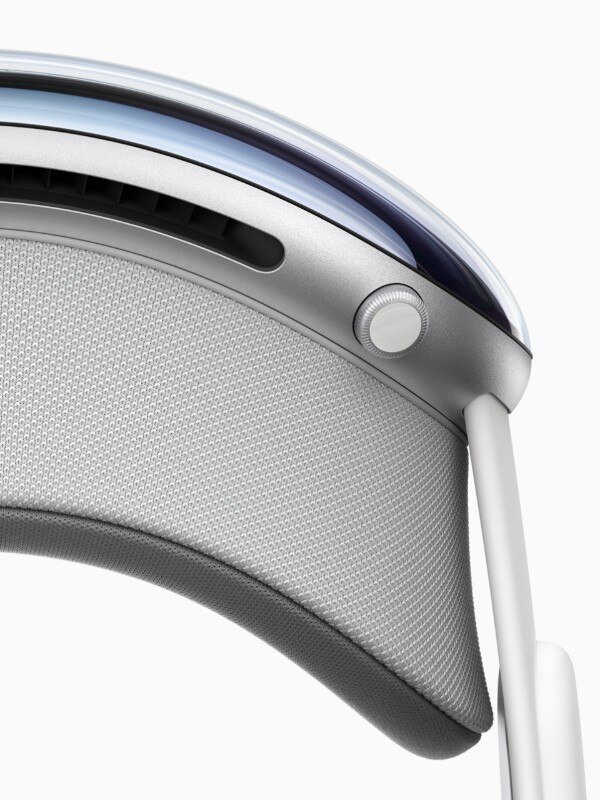
The debut of the Vision Pro opens a new era, perhaps not only for Apple but also somehow closes the circle of a handful of months - not even forty - in which the design of our lives has undergone a robust digital takeover. Accomplice to the pandemic, sure, which has made technological extensions, both hardware and software, an indispensable element for living - for working, going to school, ordering food, communicating with friends and family, and so on.
In this acceleration that has followed the Covid outbreak to the present day, a host of new technologies have ushered in a reality that seemed even more science fiction than the already very sci-fi global lockdown. Artificial intelligence, Nft. And then the Metaverse. Which had been talked about a lot, not least because of Facebook's transformation into Meta. And which we left behind.

Perhaps without even really understanding what it was all about. According to Matthew Bell, who has been writing about the Metaverse for years and dedicated a book to it in 2022 with the swaggering title The Metaverse: And How It Will Revolutionize Everything, we have to get it into our heads that the Metaverse will not be inside a device or an OS, but a system of worlds in which we can move seamlessly. Kind of like how we move between different sites on the World Wide Web. A scenario still a long way off that perhaps the Vision Pro could trigger. But if we expect the Metaverse to be on as of tomorrow, we risk only killing it with yet another hype. Not least because at around $3500 entry price, the 'spatial computer' will not democratise the Metaverse any time soon. But let's expect that if this is Pro, Apple already has a basic version in store to be launched sooner or later. And we emphasise the 'eventually'.
All images courtesy Apple 2023


